
Rajasthani Legends
Ahar Cenotaphs Udaipur Rajasthan
Mother Masala Tours
A Legacy of Royal Remembrance
Ahar Cenotaphs Udaipur Rajasthan. Stand as an evocative tribute to the Maharanas of the Mewar Dynasty. Initially built in the 15th century, this site serves as the final resting place for many rulers. The name "Ahar" translates to "the place of offerings," highlighting its significance as a sacred site for memorials and rituals associated with the royal lineage. The area boasts over 250 cenotaphs, each a product of intricate craftsmanship and historical importance. Notable structures are the cenotaphs of Maharana Amar Singh II and Maharana Sangram Singh, adorned with elaborate carvings that reflect the artistry of the time. The physical construction of these memorials uses locally sourced white marble, giving them a serene and dignified appearance amidst the natural surroundings.
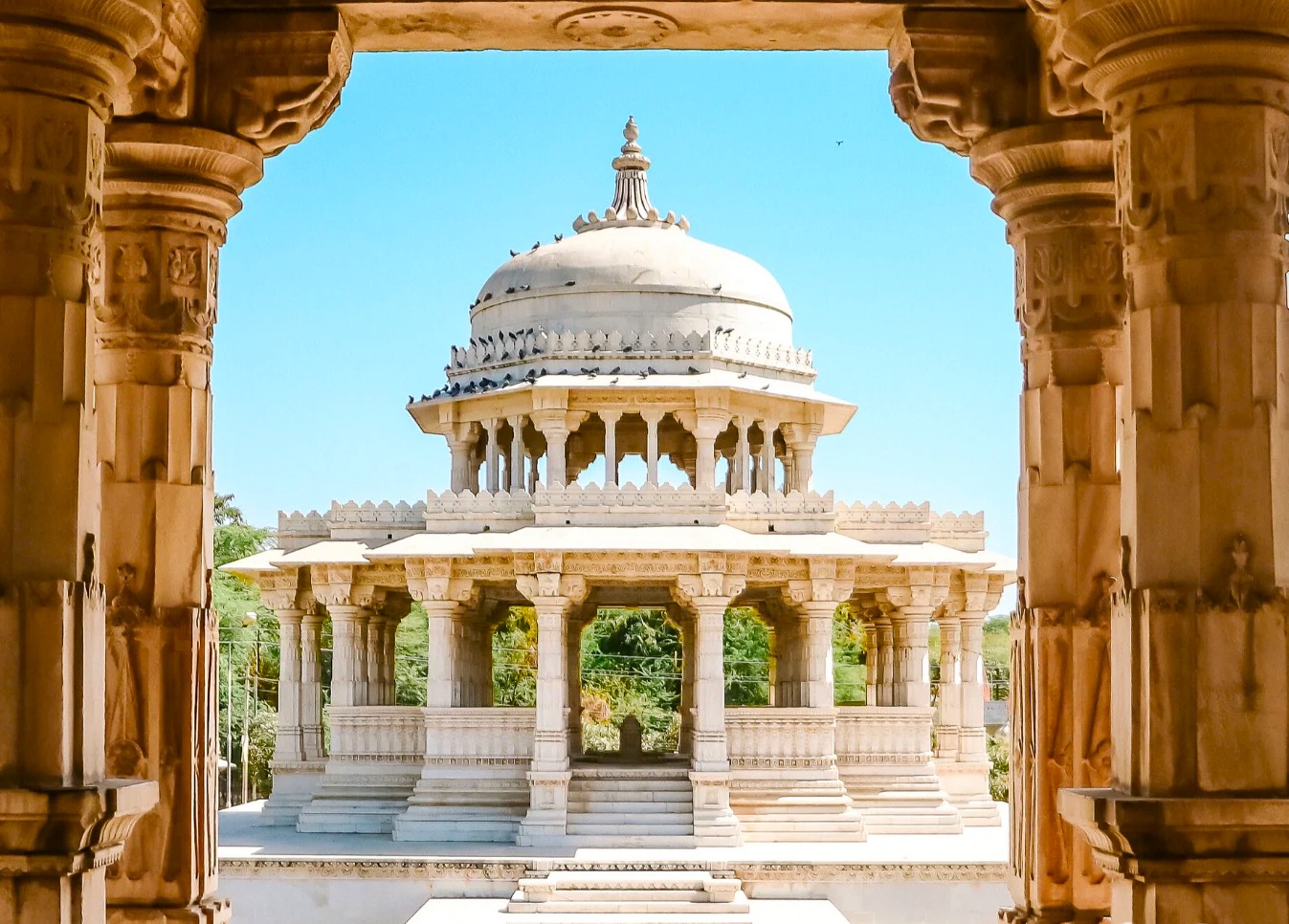
Ahar Cenotaphs Udaipur Rajasthan: Timeless Artifacts
Host a collection of artifacts that highlight the artistic endeavors of the Mewar dynasty. Notably, the cenotaphs themselves are exquisite examples of royal memorials built to honor deceased kings and their families. The site includes intricately designed pillars, ornate carvings, and beautifully crafted chhatris - domed canopies, which are unique to this location. As we walk through this serene complex, we are immersed in the profound atmosphere surrounding these memorials.
Ancient Mosaics: Impeccable Craftsmanship
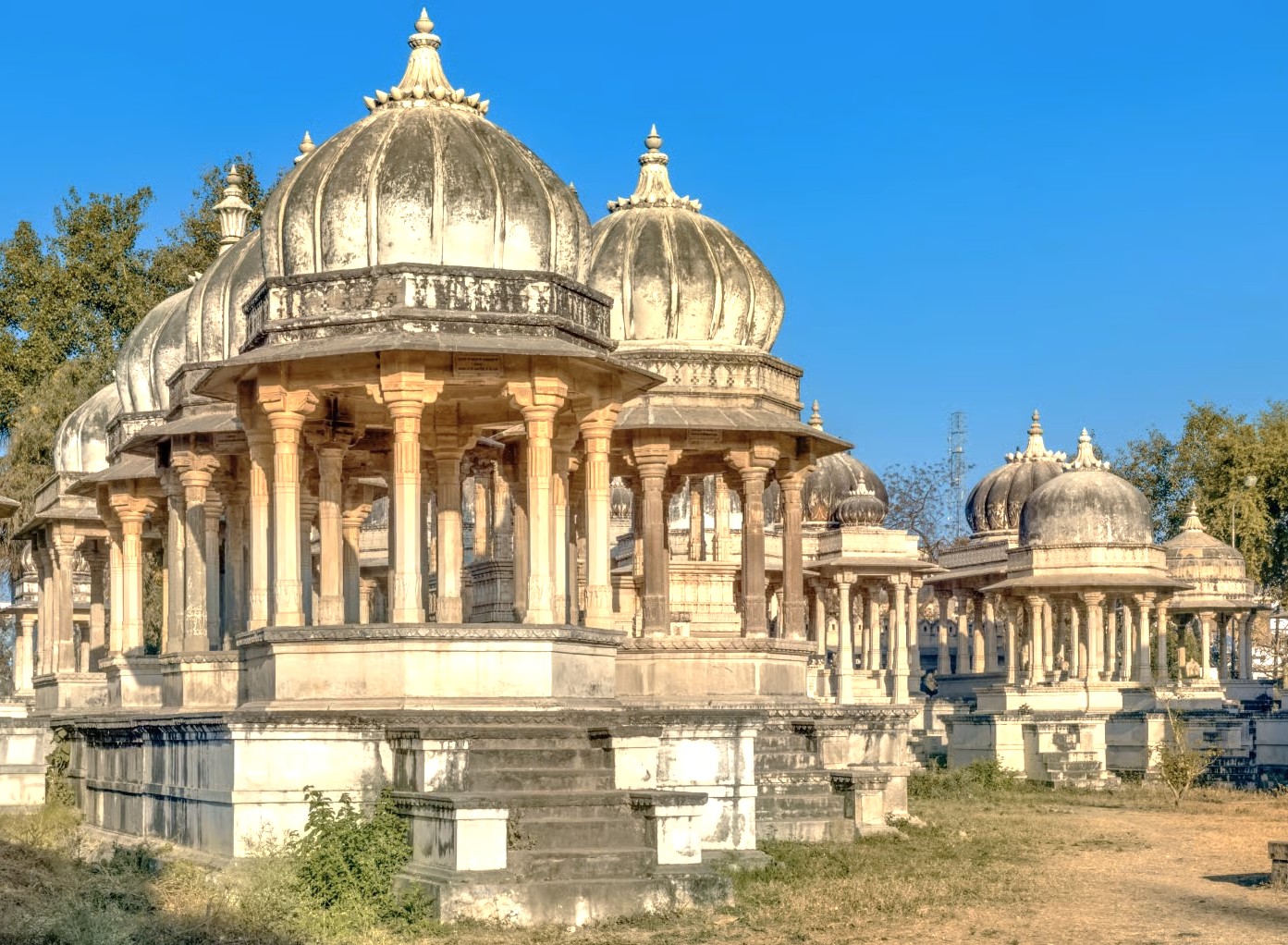
The craftsmanship is a testament to the skill and artistry of the artisans of the Mewar Dynasty. Each cenotaph is adorned with intricate carvings that depict various motifs, from floral patterns to figures of deities, elegantly woven into the stone. This meticulous craftsmanship dates back to the 16th century, with some structures showcasing techniques that have been passed down through generations. The carvings not only celebrate the revered rulers but also tell powerful stories of valor and unwavering devotion, reflecting the narrative of the Mewar's glorious past. These enduring works of art preserve a rich cultural heritage.
The Pulse of the Local Community
Ahar Cenotaphs Udaipur Rajasthan. The local community surrounding Cenotaphs plays an essential role in maintaining the cultural significance of this site. Those who reside in nearby Udaipur deeply respect the lineage of the Mewar Dynasty and frequently visit the cenotaphs to honor their heritage. The warmth and hospitality of the people here make it an inviting space for anyone who seeks to understand the history of their ancestors.
Capturing the Magic: A Photographic Haven
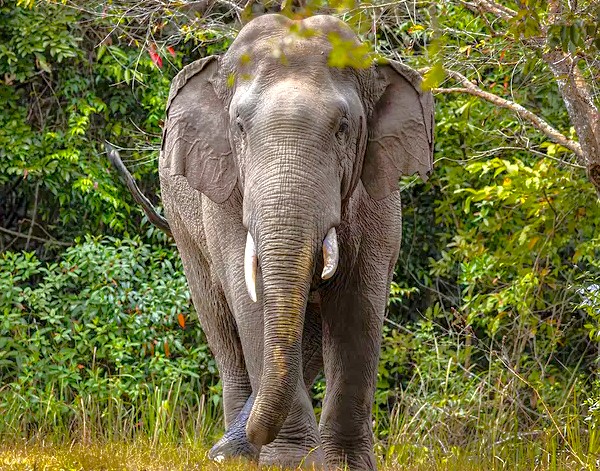
An excellent opportunity for photography enthusiasts. The stunning interplay of light and shadows cast upon the intricate carvings creates captivating compositions for our cameras. The tranquil gardens and serene ponds add to the aesthetic beauty, framing the ornate chhatris perfectly. Each cenotaph provides a unique backdrop, encouraging us to capture the essence of Mewar's artistic legacy. Whether it is the intricate details of the stone carvings or the peaceful atmosphere surrounding the site, every corner invites creative expression. These magnificent structures, bathed in golden light, offer a visual feast. They capture the enduring spirit and timeless grandeur of Rajasthan.
Festivals of Devotion: Honouring the Sacred and the Divine
Ahar Cenotaphs Udaipur Rajasthan. The Cenotaphs come alive during various festivals that honor the rich spiritual heritage of the region. One prominent celebration is the Mewar Festival, typically held in March or April to mark the arrival of spring. This festival draws many participants who gather to pay homage at the cenotaphs, adorned with flowers and colorful decorations. Another important festival is Shivratri, celebrated in honor of Lord Shiva. During this time, devotees come together to perform rituals, lighting lamps and offering prayers, reinforcing their connection to divine energies and the royal ancestry that permeates their history.
Ancient Technologies: Sound, Sacred Geometry & Astrological Influences
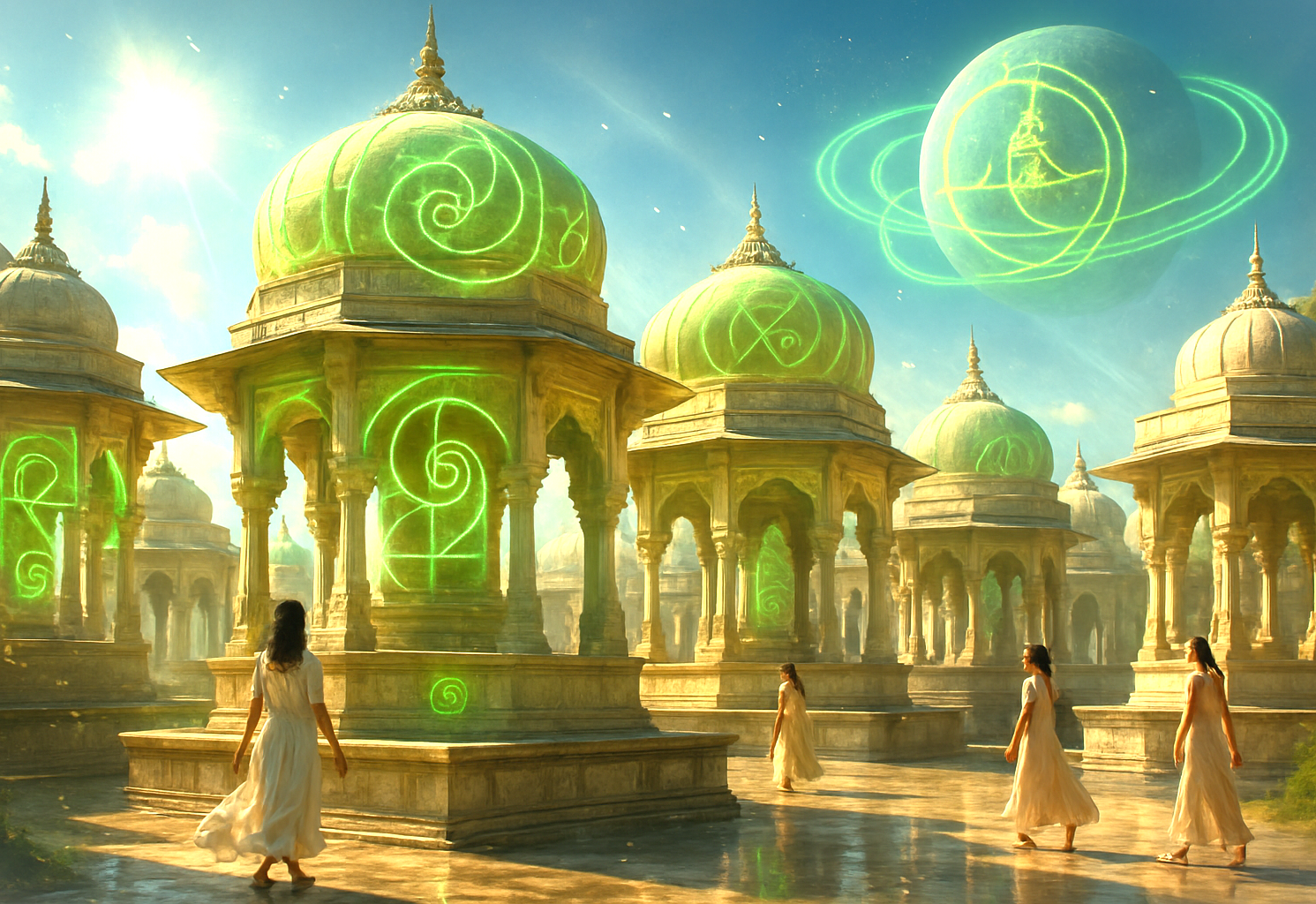
The craftsmanship is a testament to the skill and artistry of the artisans of the Mewar Dynasty. The carvings celebrate the rulers and also tell powerful stories of valor and devotion. The site follows sacred geometric patterns and principles of Vastu Shastra, believed to create harmonious energies that promote healing. The materials, primarily white marble, enhance acoustic properties, amplifying tones during rituals. This space can also be linked to Solfeggio frequencies, particularly 528 Hz, known for its "love frequency" and transformative power, fostering a serene atmosphere.
The Connection with the Gods
The Cenotaphs are closely linked to various deities celebrated within the local culture. Among these, Maa Durga and Shiva hold a prominent position in the community's spiritual beliefs. The cenotaphs often feature shrines dedicated to these gods, where rituals and offerings are made, reinforcing the bond between the royal lineage and divine protection. Legends tell of the rulers seeking blessings from these deities before embarking on significant endeavors, ensuring their reigns were marked by prosperity and strength.
Serendipitous Meetings: Beyond the Main Path
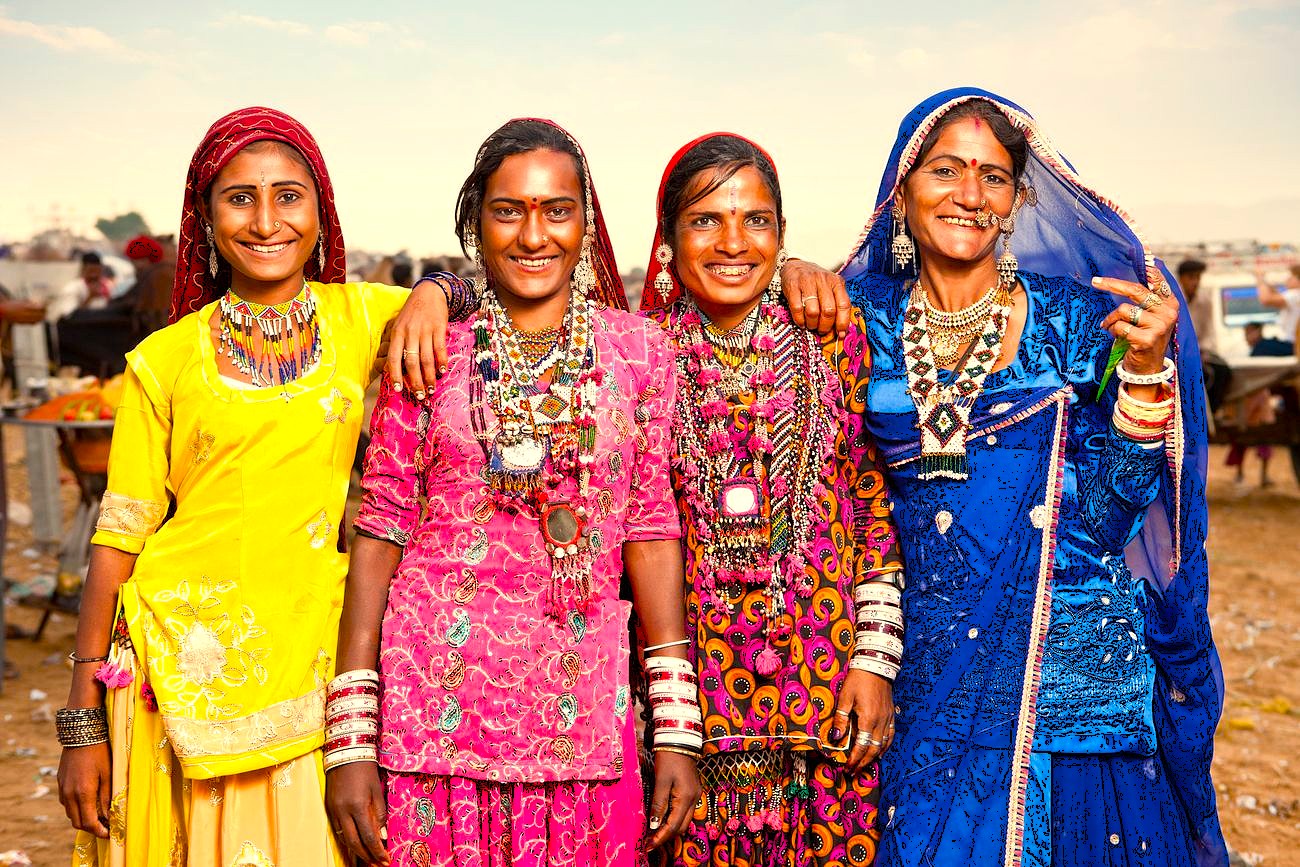
Ahar Cenotaphs Udaipur Rajasthan. As we stroll around the area, we discover charming local craftspeople engaged in traditional trades. The lanes leading to the cenotaphs host small workshops where artisans create handmade textiles, pottery, and jewelry, reflecting the craftsmanship that has flourished in this historic region for centuries. We come across a handloom weaving shop where weavers operate traditional looms, producing exquisite fabrics with patterns passed down through generations. These skilled individuals share their passion, offering a direct glimpse into a living heritage.
Resilience and Renewal: Overcoming Adversity’s Challenges
The history surrounding the Cenotaphs is marked by both triumph and adversity. During the 19th century, the region faced significant turmoil due to British colonial expansion, which disrupted the traditional lifestyle of the Mewar rulers. The resistance led by Maharana Pratap Singh II exemplified the local spirit of resilience, ensuring that the cultural identity remained intact even during challenging times. In addition, the devastating floods of 2006 affected the surrounding areas, prompting the community to come together to restore damage and renew their commitment to preserving their heritage. The cenotaphs emerged from these challenges unscathed, serving as reminders of the enduring legacy of the Mewar's. Through perseverance and a strong bond among residents, the local populace has managed to maintain the significance of this sacred site.
Urban Legends: Strange Sightings, Myths and Mysteries
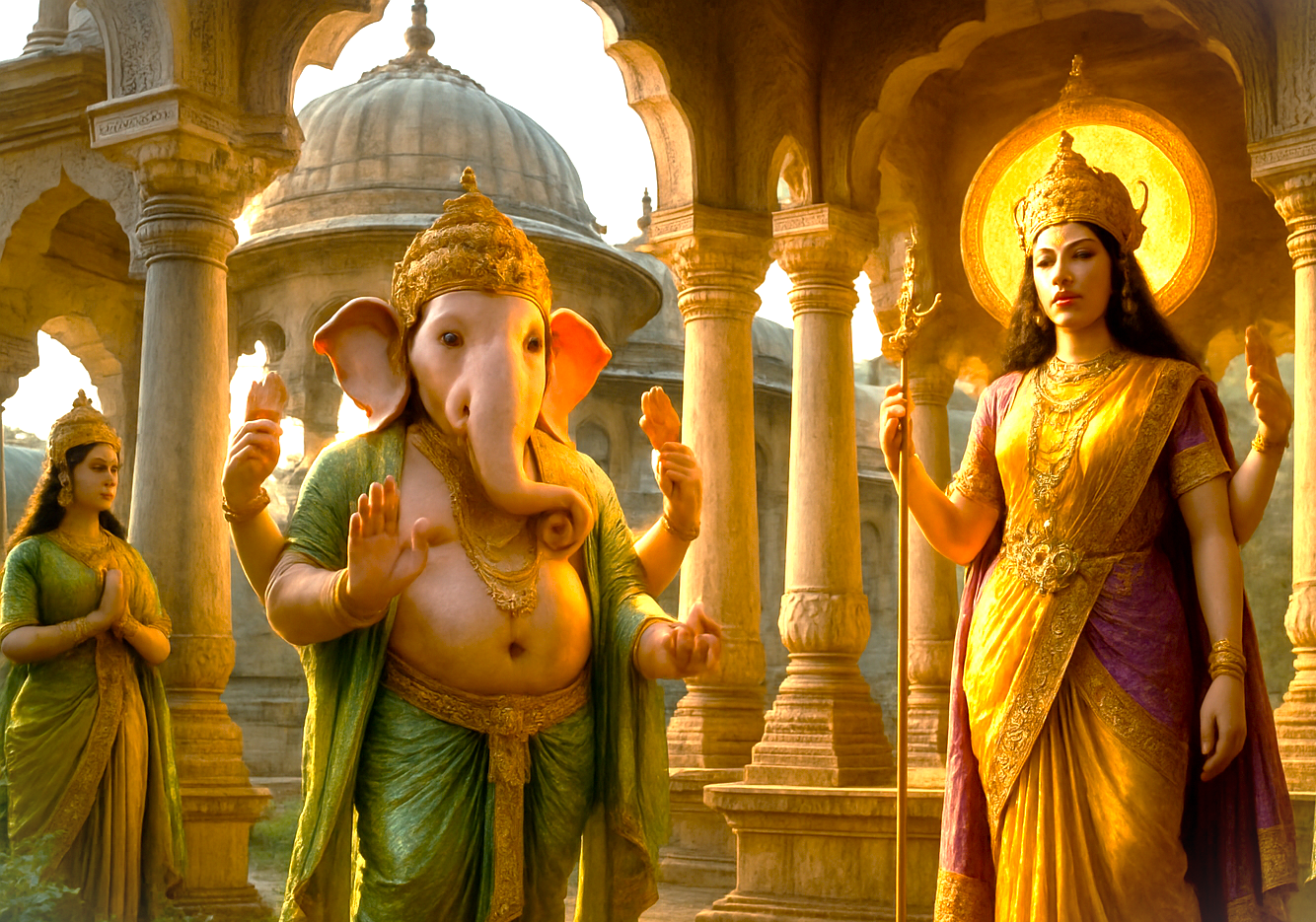
The Cenotaphs are enveloped in a tapestry of local legends and folklore that adds to their mystique. One tale tells of the Mewar ghost, rumored to wander the grounds at night, searching for lost treasures. Locals share stories of hearing whispers in the dark, a phenomenon attributed to the spirits of fallen rulers seeking solace. Another legend links the cenotaphs to the royal family’s protective deities. These deities are said to bless the sacred site, ensuring that the rulers’ spirits find eternal peace and rest. This spiritual connection reinforces the community's profound respect for their heritage.
Time for a Change - Pack Your Curiosity and Come With Us
We invite you to explore the depth and richness that Ahar Cenotaphs Udaipur offer. As we walk through this sacred space, you'll experience the atmosphere steeped in history, community, and spirituality. We will uncover stories and traditions that illustrate the legacy of the Mewar Dynasty, connecting us to the local culture in profound ways. This journey offers a unique opportunity to engage with local customs, admire intricate craftsmanship, and partake in culinary delights that celebrate the region's heritage.
Symphony of Generosity: Offerings from Wanderers to Residents
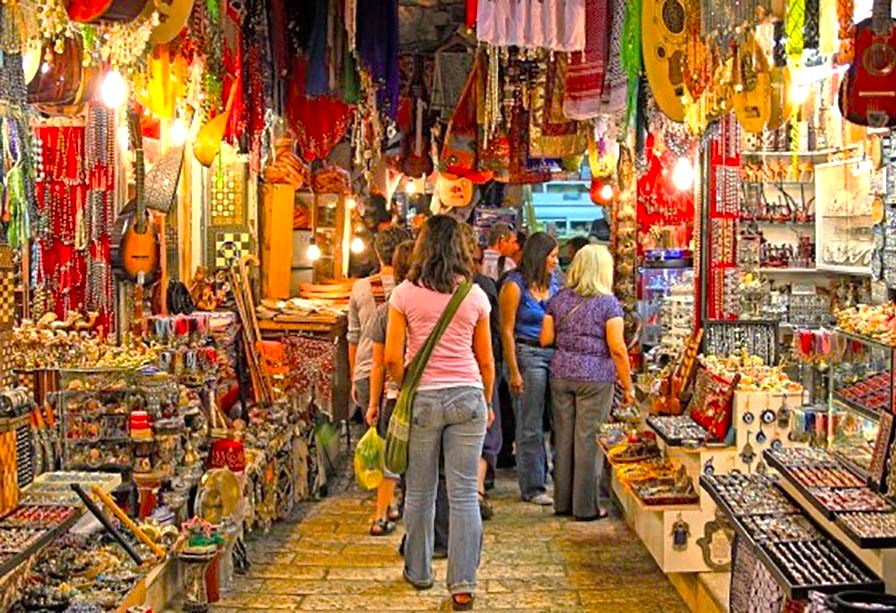
The relationship between those who come to Cenotaphs and the local community fosters a cycle of generosity that benefits everyone. As we explore the site and interact with the locals, we contribute significantly to the preservation of cultural heritage, ensuring that cherished traditions continue to thrive. Through purchasing exquisite handmade crafts from local artisans, visitors directly support their livelihoods and encourage the continuation of age-old practices, which are passed down through generations. Participating in local events and cultural exchanges further strengthens these bonds.